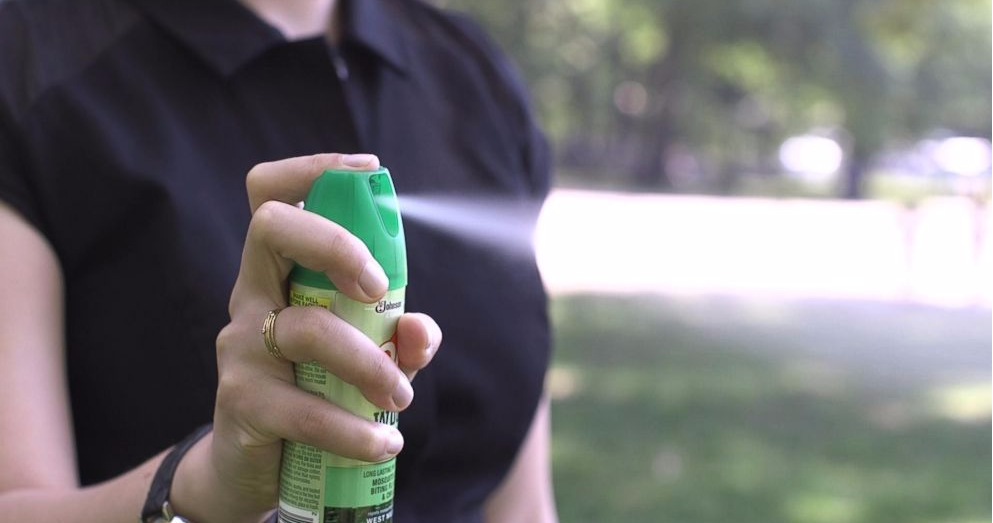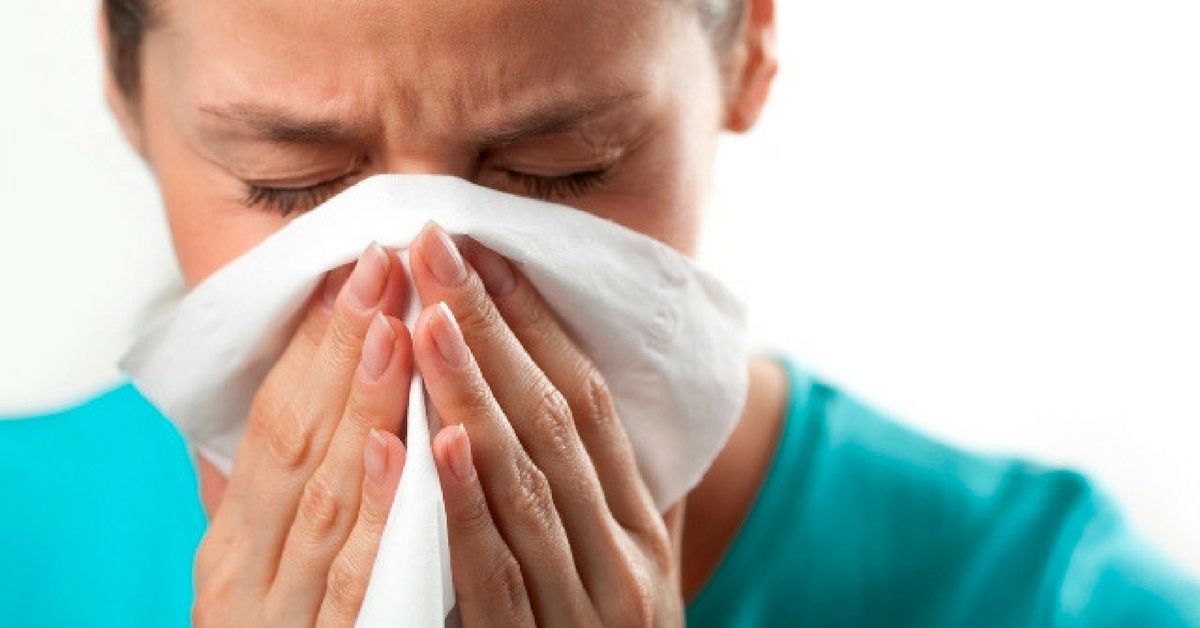<div><p>When you've got young kids in the house, it's a good idea to keep the bleach and household cleaners on the top shelf and out of reach. But maybe you didn't know there's a lot more you can do to keep <a href="https://www.shared.com/7-things-in-your-home-that-could-be-poisoning-you/">harmful items</a> away from you and your family. </p><p>You may not realize it, but some of the materials you use every day could be causing you to develop short-term or long-term illness. These <a href="http://www.livestrong.com/slideshow/1012946-7-toxic-materials-home-alternatives/#slide=1">hidden toxins</a> are found in items such as soap, frying pans, and more. </p><p>Check out this list of chemicals to avoid and where you can find them in your home:</p><h3>1. Antibacterial Soap</h3><p>Although you might think soap is getting bacteria off your hands, many antibacterial soaps contain a chemical called <a href="http://www.livestrong.com/slideshow/1012946-7-toxic-materials-home-alternatives/#slide=2">triclosan</a>, which can throw your hormone levels and thyroid function out of wack. Also, some antimicrobial agents in the soap strip your skin of its natural defenses against bacteria. You're better off with plain old soap.</p><div><figure><amp-img src="https://www.shared.com/content/images/2017/04/handwashing_custom-72df7b616f1551b75e50414c85c3dc084e9502c0-s900-c85.jpg" srcset="https://www.shared.com/content/images/2017/04/handwashing_custom-72df7b616f1551b75e50414c85c3dc084e9502c0-s900-c85_GH_content_550px.jpg 550w, https://www.shared.com/content/images/2017/04/handwashing_custom-72df7b616f1551b75e50414c85c3dc084e9502c0-s900-c85_GH_content_650px.jpg 650w, https://www.shared.com/content/images/2017/04/handwashing_custom-72df7b616f1551b75e50414c85c3dc084e9502c0-s900-c85_GH_content_750px.jpg 750w, https://www.shared.com/content/images/2017/04/handwashing_custom-72df7b616f1551b75e50414c85c3dc084e9502c0-s900-c85_GH_content_850px.jpg 850w" sizes="89vw" title="" alt="" height="9" width="16" layout="responsive"></amp-img><figcaption class="op-vertical-center"><cite>NPR </cite></figcaption></figure></div><h3>2. BPA</h3><p>BPA is a chemical found in most plastics, especially food containers and water bottles. It has been linked to behavior problems in children and developmental problems in unborn babies, including the <a href="http://www.livestrong.com/slideshow/1012946-7-toxic-materials-home-alternatives/#slide=8">prostate gland in boys</a>. Check for the "BPA Free" sticker next time you buy a water bottle. </p><div><figure><amp-img src="https://www.shared.com/content/images/2017/04/bpa-free-water-bottles.jpg" title="" alt="" height="9" width="16" layout="responsive"></amp-img><figcaption class="op-vertical-center"><cite>Filtercon Technologies</cite></figcaption></figure></div><p><!-- [invalid-shortcode] --></p><h3>3. Formaldehyde</h3><p>According to studies, exposure to formaldehyde can cause irritation, headaches, and dizziness. It's also been linked to <a href="http://www.livestrong.com/slideshow/1012946-7-toxic-materials-home-alternatives/#slide=12">some types of cancer</a>. Check your home for nail polish, other cosmetics, wood products, and paints for the harmful chemical. </p><div><figure><amp-img src="https://www.shared.com/content/images/2017/04/nailpolish.jpg" srcset="https://www.shared.com/content/images/2017/04/nailpolish_GH_content_550px.jpg 550w, https://www.shared.com/content/images/2017/04/nailpolish_GH_content_650px.jpg 650w, https://www.shared.com/content/images/2017/04/nailpolish_GH_content_750px.jpg 750w, https://www.shared.com/content/images/2017/04/nailpolish_GH_content_850px.jpg 850w, https://www.shared.com/content/images/2017/04/nailpolish_GH_content_950px.jpg 950w, https://www.shared.com/content/images/2017/04/nailpolish_GH_content_1050px.jpg 1050w, https://www.shared.com/content/images/2017/04/nailpolish_GH_content_1150px.jpg 1150w, https://www.shared.com/content/images/2017/04/nailpolish_GH_content_1250px.jpg 1250w" sizes="89vw" title="" alt="" height="9" width="16" layout="responsive"></amp-img><figcaption class="op-vertical-center"><cite>CBC</cite></figcaption></figure></div><h3>4. Bug Sprays</h3><p>We all know that pesticides aren't good for you, but do you know why? Studies have shown that certain synthetic pesticides are related to brain damage and cancers such as <a href="http://www.livestrong.com/slideshow/1012946-7-toxic-materials-home-alternatives/#slide=14">Non-Hodgkin lymphoma</a>. Replace your bug spray with a natural alternative such as <a href="http://www.livestrong.com/slideshow/1012946-7-toxic-materials-home-alternatives/#slide=15">citrus, cedar, of eucalyptus</a> essential oils and water in a spray bottle. </p><div><figure><amp-img src="https://www.shared.com/content/images/2017/04/bug-spray-orig.jpg" srcset="https://www.shared.com/content/images/2017/04/bug-spray-orig_GH_content_550px.jpg 550w, https://www.shared.com/content/images/2017/04/bug-spray-orig_GH_content_650px.jpg 650w, https://www.shared.com/content/images/2017/04/bug-spray-orig_GH_content_750px.jpg 750w, https://www.shared.com/content/images/2017/04/bug-spray-orig_GH_content_850px.jpg 850w, https://www.shared.com/content/images/2017/04/bug-spray-orig_GH_content_950px.jpg 950w" sizes="89vw" title="" alt="" height="9" width="16" layout="responsive"></amp-img><figcaption class="op-vertical-center"><cite>Home & Garden</cite></figcaption></figure></div><p><!-- [invalid-shortcode] --></p><p><strong>Did you know about any of these? Share to keep your friends informed! </strong></p></div>
Replace These 4 Toxic Household Chemicals Before You Get Sick

